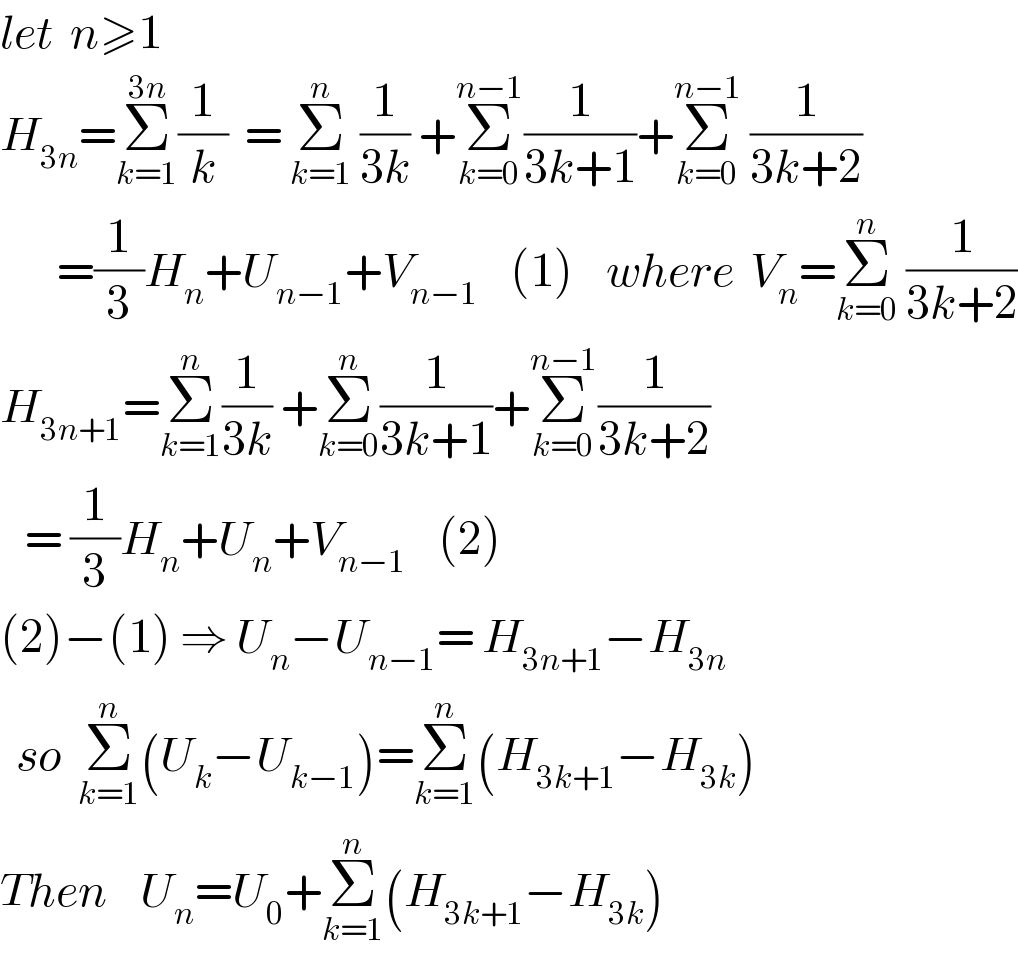
Question and Answers Forum
Previous in Relation and Functions Next in Relation and Functions
Question Number 83214 by mathmax by abdo last updated on 28/Feb/20

Answered by ~blr237~ last updated on 29/Feb/20

| ||
Question and Answers Forum | ||
Previous in Relation and Functions Next in Relation and Functions | ||
Question Number 83214 by mathmax by abdo last updated on 28/Feb/20 | ||
 | ||
Answered by ~blr237~ last updated on 29/Feb/20 | ||
 | ||
| ||